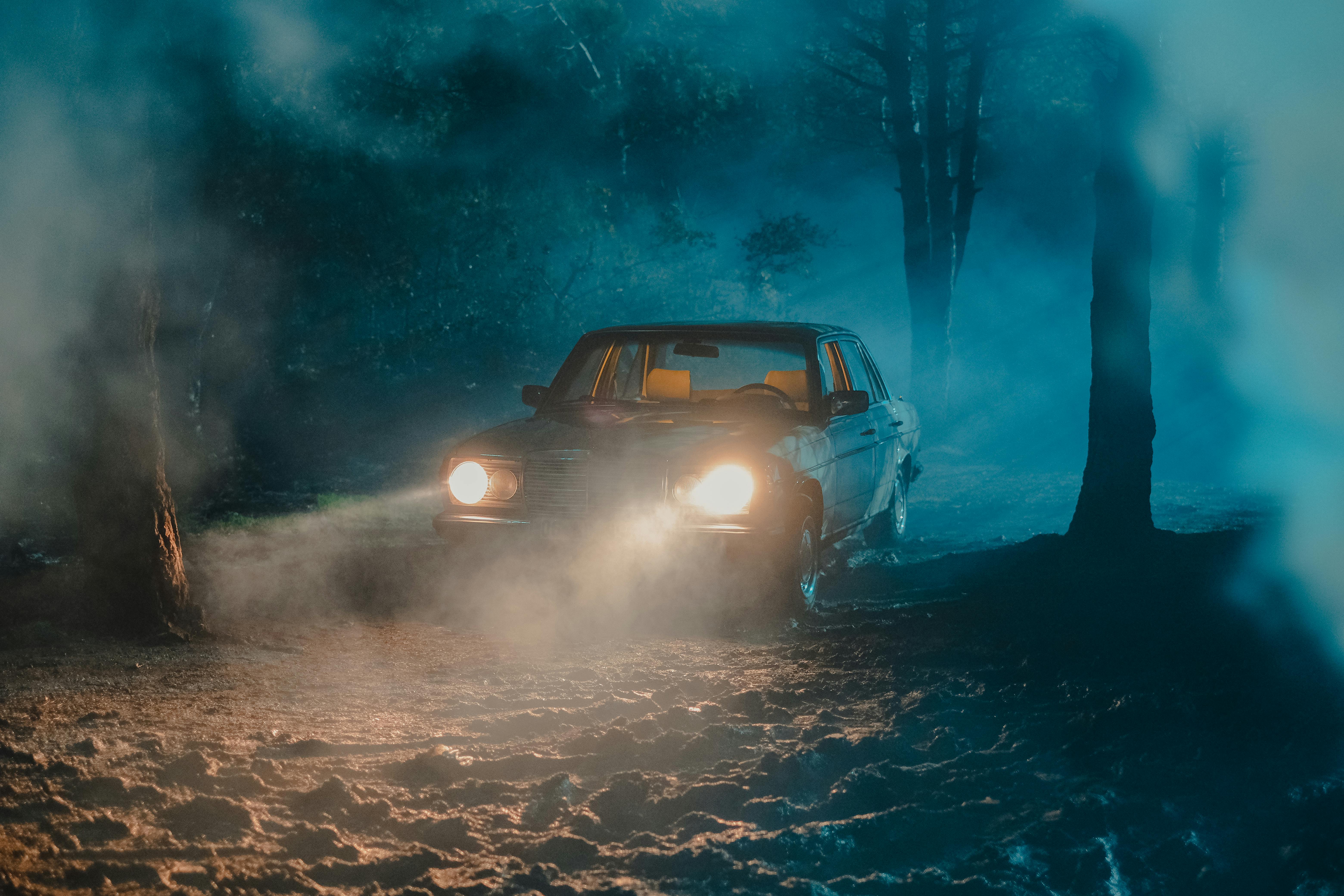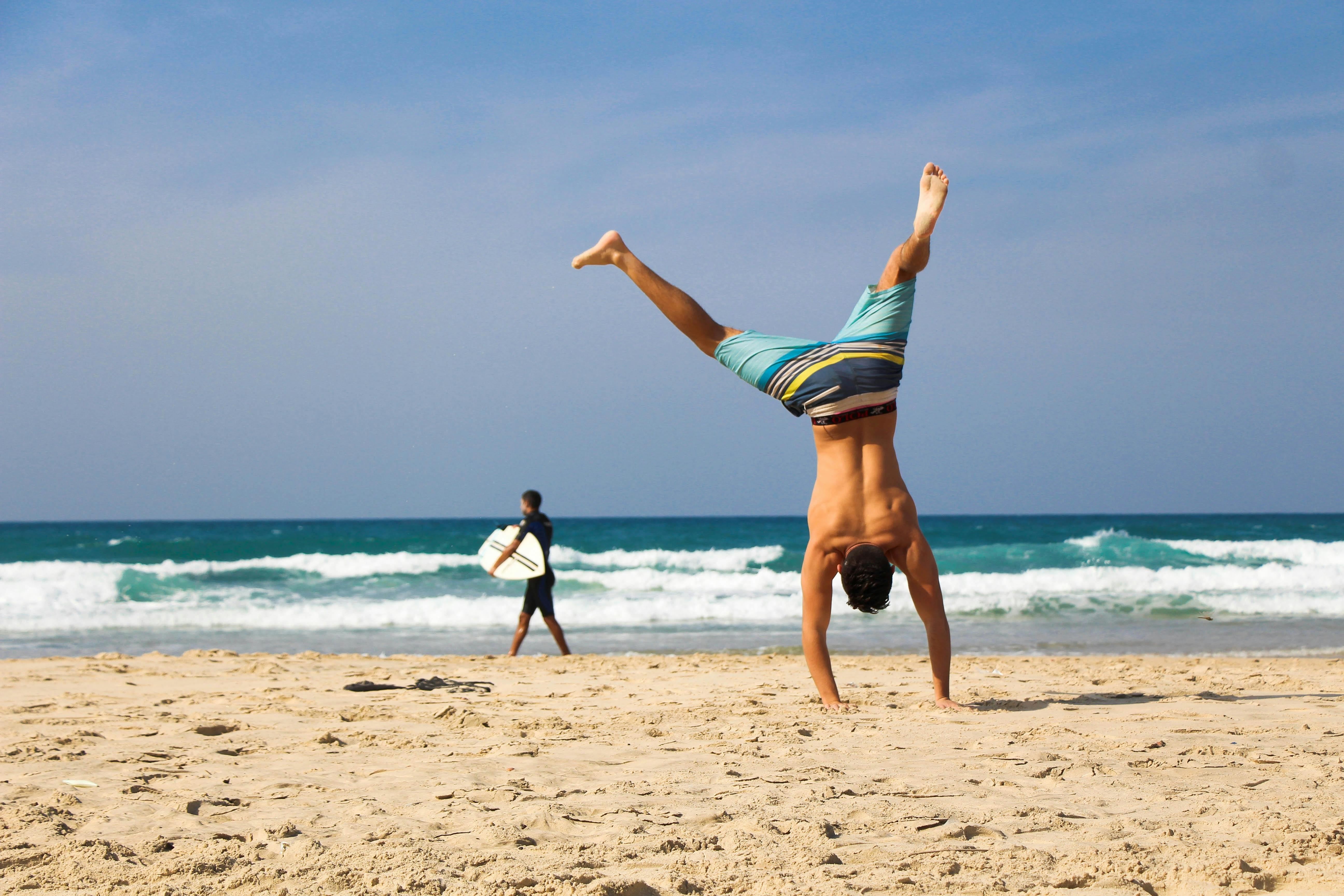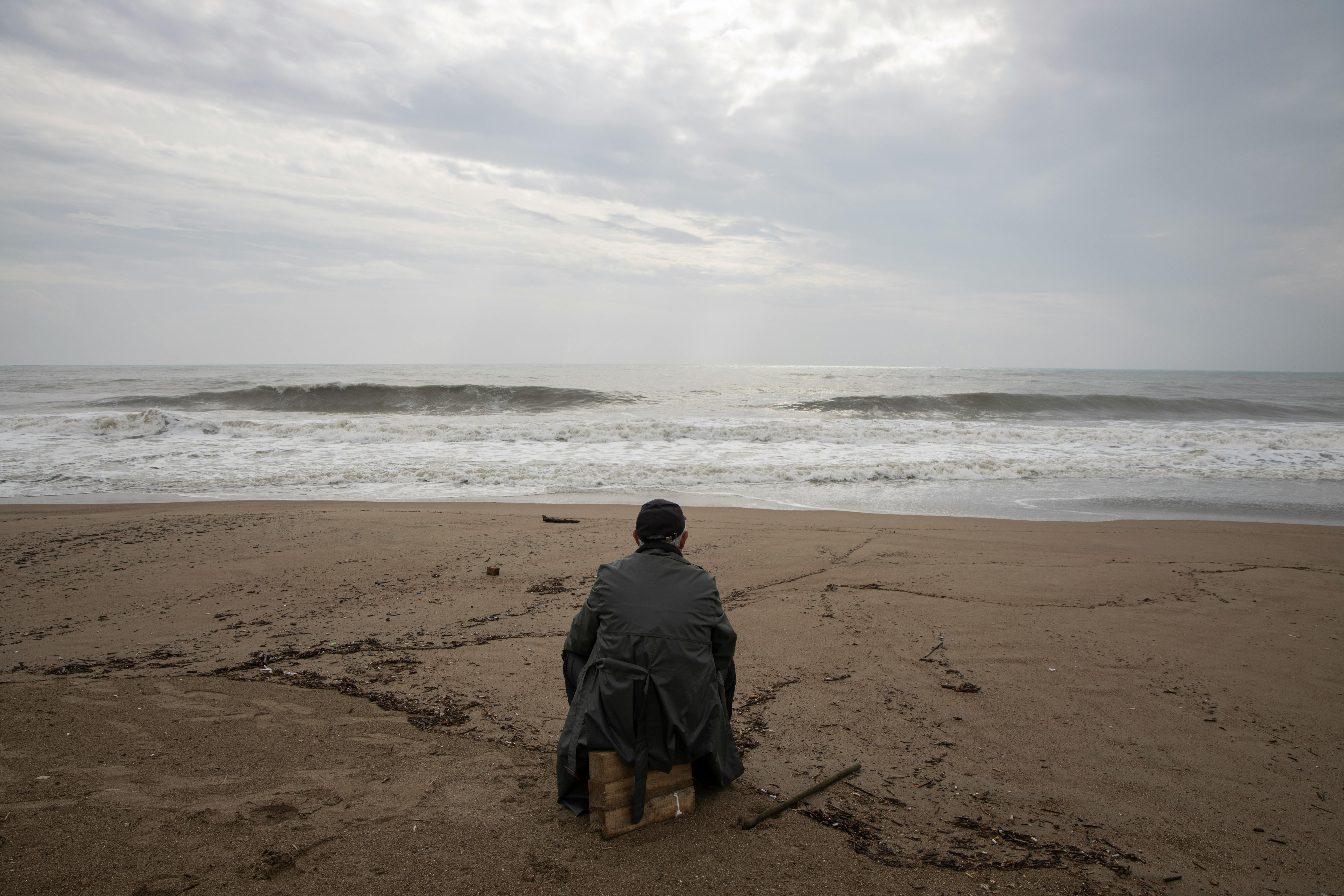This is a basic indoor portrait with a soft light in the window on one side. You will need to:
– A window that does not face the sun (or it is cloudy outside)
– Daylight
– A willing model
Camera Settings
Fashion: Aperture priority (often displayed as Av on the mode wheel)
I SO: 100-400, as low as possible
White balance: Personalized
Opening: As low as your lens goes. Lower f-numbers mean a larger opening that creates nice fuzzy bottoms.
Careful with: The shutter speed. At low f-stop, you shouldn’t have slow shutter speeds (below 1 / 60th of a second), but your ambient light and ISO setting will determine that. You may need to stabilize the camera if the shutter speed is slower than 1/60 of a second.
White balance settings: Place the white paper in front of the subject. Take a picture of the paper and make sure it is more gray than pure white in reproduction. Then go to your menu, choose Custom White Balance, and select that image to use as a reference. What you are doing is telling the camera to use paper (which is gray / white) as the source for the definition of “white”. It will then translate all other colors to display them correctly in the images taken. This is always preferable to a fixed white balance setting or the brainless “Auto” setting.
The pose: Position your subject behind the center line of the window, so that some light falls on the “dark” side of your face. Have them turn their heads to look slightly out the window.
Framing the image: If you have a zoom lens, it can be close and “zoom out” or further and “zoom in.” With portraits of people, it is generally better to back up and zoom in as it reduces the size of the nose and other features in the middle of the face. Rotate the camera to the tall (tall) orientation, press halfway, and observe the reading. You should get a focus blink where the camera thinks the focus point should be. Move the center point to the eye closest to the camera and press halfway again. Once you get a focus lock, move the camera to recompose the image. You are doing this to make the tightest focus point on the eye closest to the camera. If your camera has live view, ignore it and use the viewfinder. Using live view encourages poor camera holding technique.
Take the picture: Play back and look for reflections on the subject’s face. Some cameras have the ability to display dull highlights as flickering black / white. If the background (outside the window) has something in it, don’t worry, but you don’t want the face to go off. If you have white reflections, use Exposure Compensation to reduce ½ point to 1 full point and shoot again.
Analyzing and improving: Look at the image. Is it well exposed? The window side of the face should be well lit, and since it is slightly away from the camera, it is called the “short side.” This is an example of short lighting, where the short side receives the light and the wide side (facing the camera) receives the shadow. If the shadow side is too dark, get some reflective material, either aluminum foil or white cardboard, and hold it just outside the camera on the dark side. It will reflect some light from the window to the shadow side and reduce the contrast or shadow level. Experiment with your subject looking out the window (I call that the “dream shot”) and looking into the lens (but not straight ahead yet).
Advanced tips: Extract this image into your editor and try converting it to black and white with the Channel Mixer tool. Choose 70% red, 15% blue, and 15% green, and you will see a very nice black and white image with well-highlighted skin tones!



